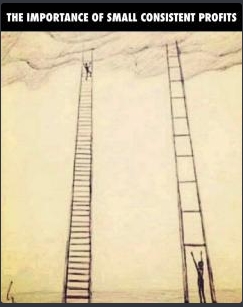
R_Trader
No personal profile
268Follow
34Followers
0Topic
0Badge
ok
Sorry, the original content has been removed
like please
Sorry, the original content has been removed
ok
The Top 5 Stocks Cathie Wood Is Buying This Week
like please
U.S. DOJ readying lawsuit against Google over digital ads business - Bloomberg News
ok
Sorry, the original content has been removed
ok
The Top 5 Stocks Cathie Wood Is Buying This Week
ok
7 Top-Rated Large-Cap Stocks to Buy and Hold
ok
Fed Gets New Path to Go Big as Job Openings, Confidence Surprise
like pls
Earnings Season in Full Swing, Fed Blackout Period: What to Know This Week
like pls
Sorry, the original content has been removed
like please
Sorry, the original content has been removed
ok
2 Sensational Growth Stocks Set to Surge 92% to 111% According to Wall Street
ok
Sorry, the original content has been removed
ok
Options Traders Bet on More Volatility in a Bad Year for Tech Stocks
like please
Sorry, the original content has been removed
like please
S&P 500 snaps losing streak with tax hikes, inflation data on horizon
ok
Wall St Rises After CPI Data but Fed Concerns Persist
ok
Sorry, the original content has been removed
ok
Sorry, the original content has been removed
ok
Sorry, the original content has been removed
Go to Tiger App to see more news